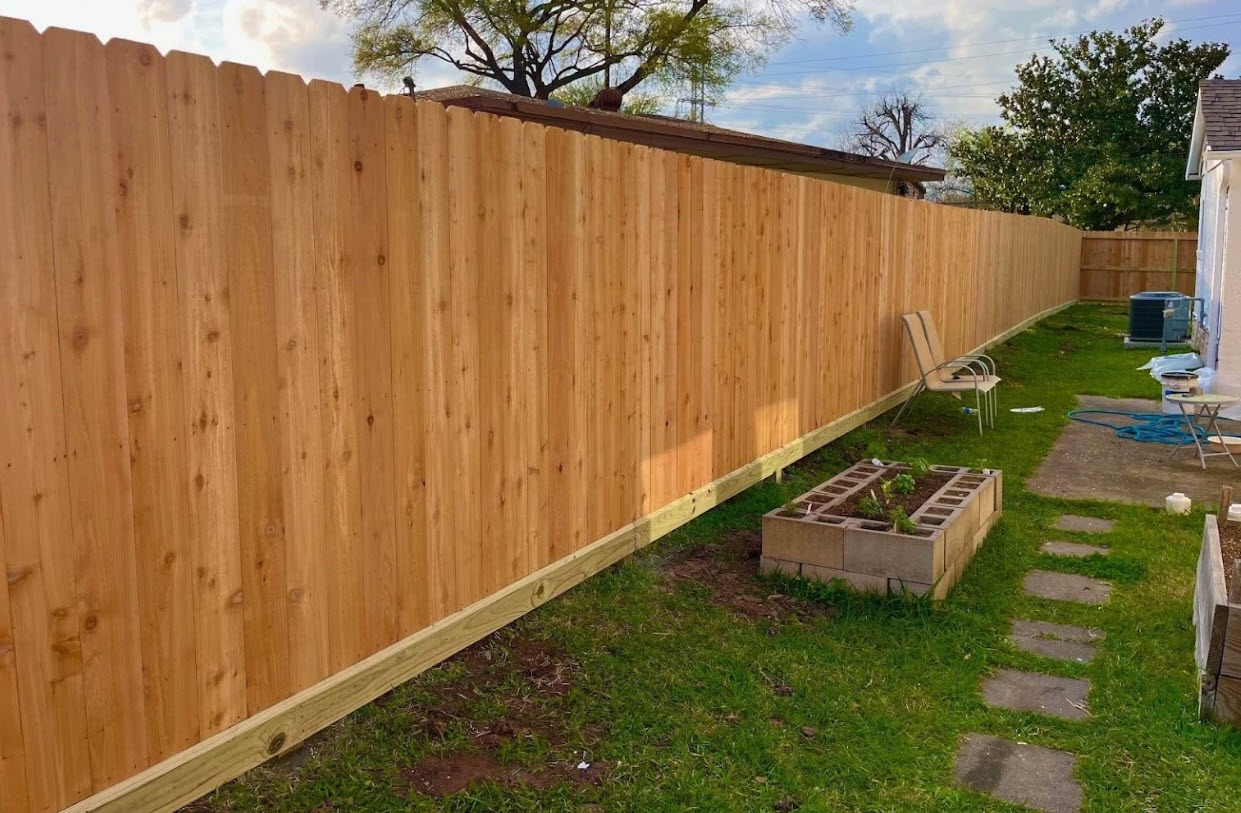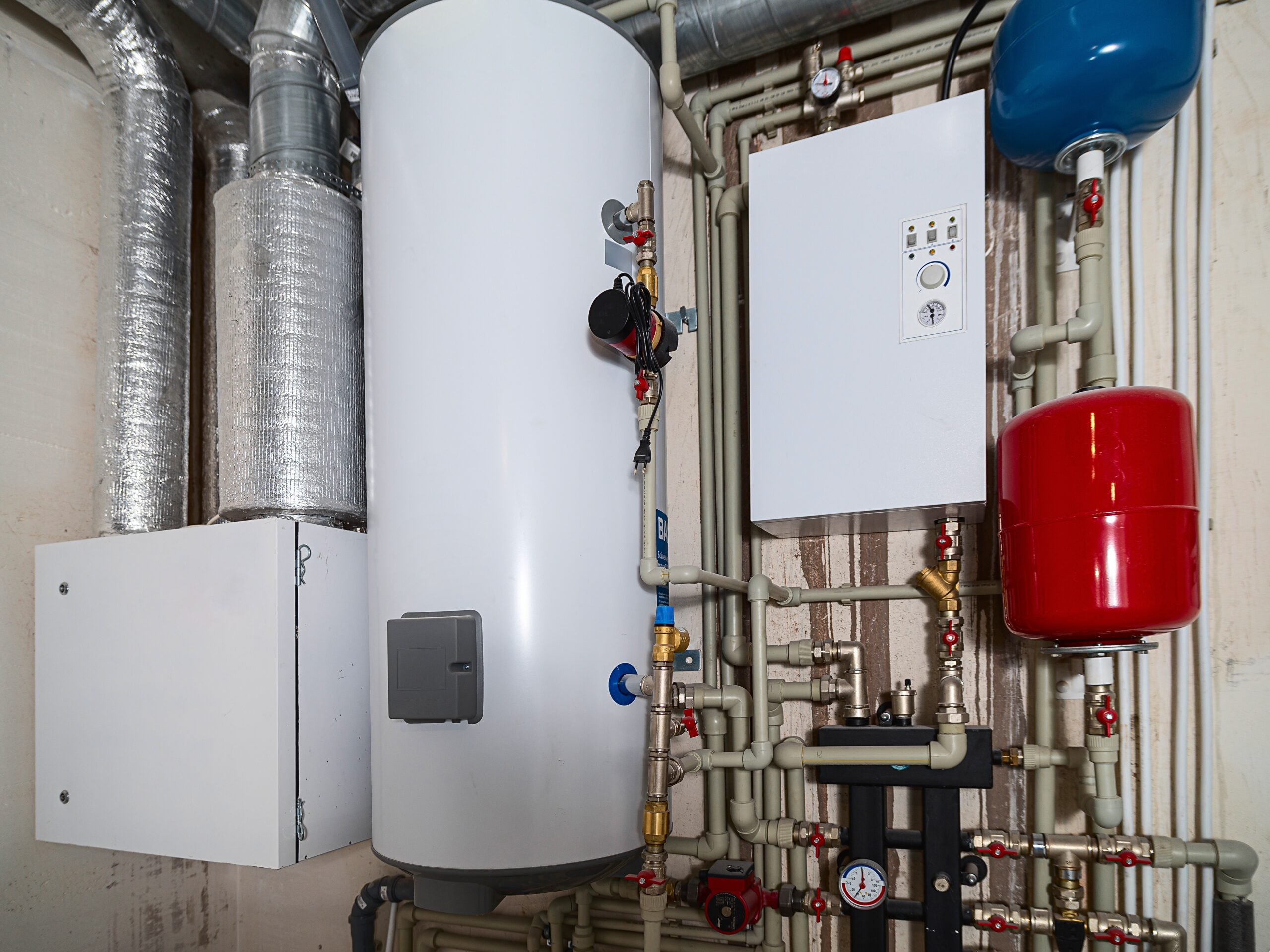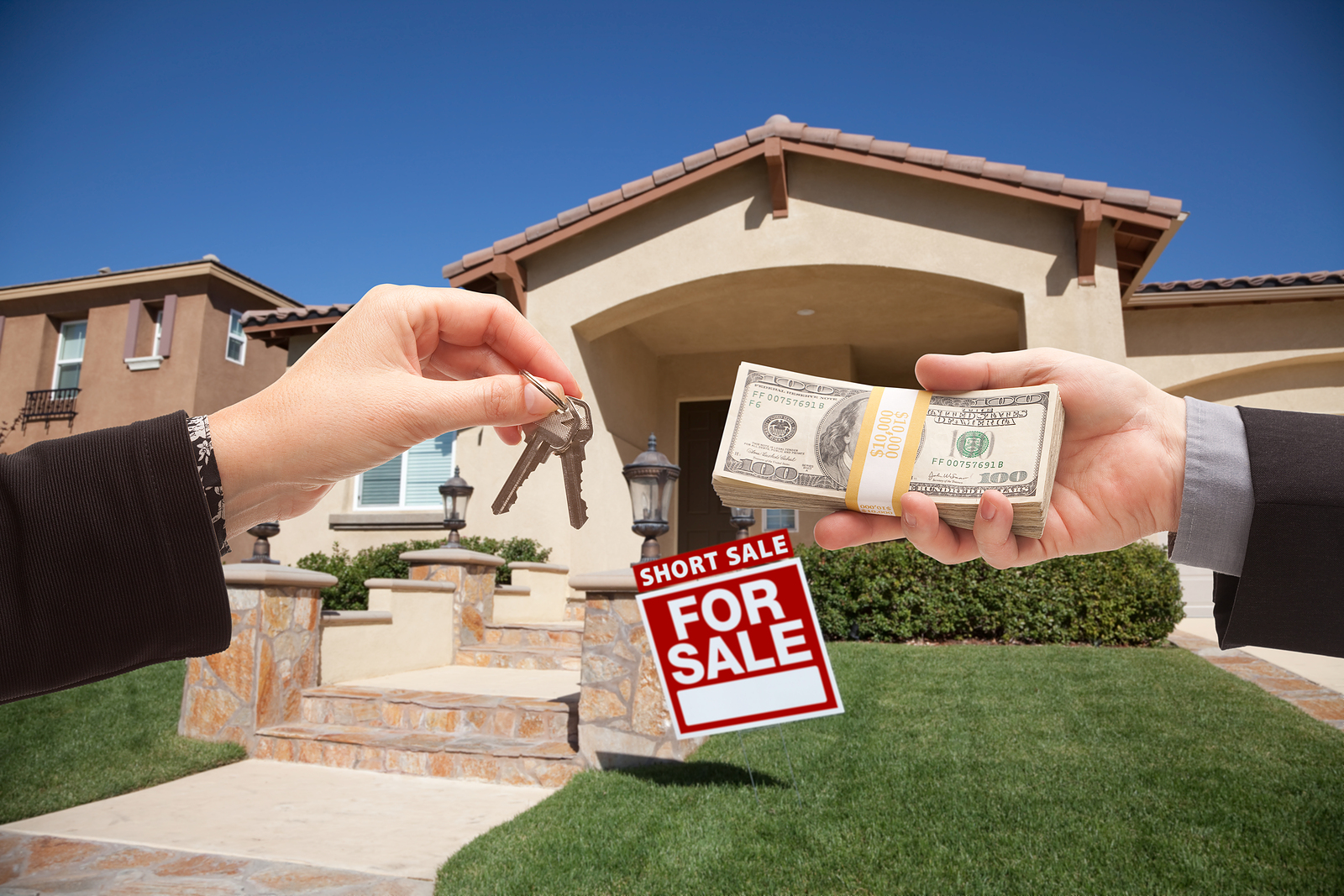Urban vs. Suburban Trends: What Sellers Should Know

When you’re looking to sell your home, understanding the dynamics of urban vs. suburban trends is essential. Whether you own a property in the heart of the city or in a more suburban area, recognizing the real estate market trends in your specific location can significantly impact your selling strategy and ultimately determine the property value you can expect.
In this blog, we’ll break down what sellers need to know about urban trends versus suburban trends. By understanding how buyer preferences, community dynamics, and market conditions differ between these two areas, you can set the right expectations and approach the sale of your home with confidence.
As a motivated seller, it’s crucial to align your sale with current market conditions and buyer demand. Whether you’re selling in an urban area with its fast-paced market or in a suburban neighborhood with a more family-oriented atmosphere, understanding the differences between these markets can help you optimize your home pricing and selling strategy. Let’s dive into the details of how these two environments differ and how you can leverage this knowledge to your advantage.
Urban Trends: What Sellers Should Know
Selling a property in an urban area presents unique challenges and opportunities. Urban trends are largely influenced by the demand for proximity to amenities, job centers, public transportation, and entertainment options. The convenience of living near these amenities often makes urban properties highly desirable, especially for young professionals and small families.
In terms of property value, urban homes tend to command higher prices due to their location. The real estate market in cities is often more competitive, meaning homes in good locations can sell quickly. However, it’s important to understand that this fast-paced market can also work against you if you’re not prepared. Buyers in urban areas tend to have high expectations when it comes to home condition and amenities. If your property is older or requires significant repairs, you may need to adjust your selling strategy by pricing it lower or offering incentives to attract potential buyers.
Another factor to consider when selling in an urban market is buyer preferences. Urban buyers often prioritize convenience, seeking properties that are close to work, schools, restaurants, and entertainment. If your home is located in a prime area with easy access to these amenities, you can market it as a highly desirable property. However, if your home is in a less central location, you may need to focus on other selling points, such as unique features or competitive pricing.
Suburban Trends: What Sellers Should Know
On the flip side, suburban properties have their own set of advantages and challenges. Suburban trends are often shaped by a desire for larger homes, more outdoor space, and a quieter lifestyle. In recent years, as more people work from home and look for more space to live, suburban areas have become increasingly attractive to families and individuals seeking a break from the hustle and bustle of city living.
Property values in suburban areas can vary widely depending on the neighborhood, but homes in suburban areas often offer more space for the money. This makes them appealing to buyers with growing families or those looking for larger homes. However, suburban trends also indicate that buyers are placing a higher premium on community aspects, such as schools, parks, and overall neighborhood safety. These factors contribute to home pricing and can help determine how competitive your listing will be.
In a suburban market, buyer preferences may include more emphasis on family-friendly features, such as spacious backyards, proximity to good schools, and larger square footage. Additionally, suburban homes are often less expensive than urban properties, making them more accessible to a wider range of buyers. This can result in a larger pool of potential buyers but may also lead to longer listing times if your home doesn’t meet the right criteria.
The Impact of Market Conditions on Your Sale
Whether you are selling in an urban or suburban area, market conditions are always a key factor to consider. In an urban market, properties may sell quickly, but you may face stiffer competition. In a suburban market, homes may take longer to sell, but you may also have a better chance of attracting a buyer if your home meets the specific needs of local buyers.
Understanding the real estate market in your area is crucial to formulating a successful selling strategy. Sellers in urban areas may need to offer more competitive pricing, stage their homes effectively, and emphasize proximity to desirable amenities. On the other hand, suburban sellers may need to focus on highlighting the size and family-friendly features of their properties to attract the right buyers.
A market analysis is essential to understanding how your property fits into the broader market landscape. By comparing similar homes in your neighborhood, you can better determine your listing price and estimate how long it might take to sell. This will give you valuable insight into how the market is trending and help you make informed decisions about how to approach the sale.
How Community Dynamics Shape Buyer Behavior
In both urban and suburban areas, community dynamics play a significant role in shaping buyer preferences. Urban buyers are often attracted to neighborhoods with strong community features, such as cultural activities, a lively social scene, and easy access to public services. Suburban buyers, on the other hand, may place more value on quiet streets, parks, and family-friendly activities.
As a motivated seller, it’s important to recognize what makes your community appealing to potential buyers. If you live in a neighborhood that offers a lot of local amenities, proximity to transportation hubs, or great schools, these factors should be highlighted in your listing. Understanding the local dynamics can help you better market your home and appeal to the right buyer demographic.
Common Questions About Urban vs. Suburban Trends
- How do urban and suburban properties differ in pricing?
Urban properties are often priced higher due to their proximity to amenities and job centers, while suburban homes tend to offer more space for the price but may be priced lower. - Which market is better for selling a home: urban or suburban?
It depends on the buyer demand in your area. Urban markets can sell homes quickly, but the competition is tougher. Suburban markets may take longer to sell, but there’s typically a larger pool of buyers seeking space and affordability. - What should I consider when pricing my urban home?
Location is a key factor. Homes in central areas with easy access to amenities and transportation will typically command higher prices. Your home’s condition and amenities should also be considered. - How can I make my suburban property more attractive to buyers?
Focus on the family-friendly features of your home, such as a large yard, proximity to good schools, and quiet, safe neighborhoods. Emphasizing these aspects can help attract more buyers. - How long does it take to sell a home in urban vs. suburban areas?
Homes in urban areas may sell faster due to high demand, while suburban homes may take longer but have a larger pool of buyers looking for space.
Selling Your Home: Urban vs. Suburban Market Trends
Whether you’re selling in an urban or suburban area, understanding the local market trends, buyer preferences, and community dynamics is essential to crafting a winning selling strategy. Each market has its own unique challenges and opportunities, and by aligning your home pricing and selling strategy with current market conditions, you can increase your chances of a successful sale.
If you’re looking to sell your home quickly and with ease, visit us today. At Massachusetts Home Buyers, we offer a hassle-free process and a cash offer for your home. We understand the complexities of selling in both urban and suburban markets, and we’re here to help you make the right choice for your situation. Let us take the stress out of selling your property!




